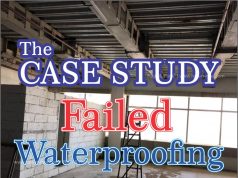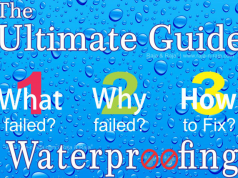Water leakages which happen in structures that are either new or older than 10 years generally.
In both the cases, the property is at major risk as leakages damage the internal structure and weakens the base& reinforcement of the property. Leaks from pipes, plumbing fixtures, and fittings are a significant source of water waste for many households. Unfortunately, many leaks go undetected for years because the source of the leak is not visible. To save your property the damage, all you need to do is detect the leakage at early stage and get it fixed for a longer life span Here are easy tips to detect the leakage at an early stage –
- Check Taps – Some leaks are obvious, such as dripping faucets and leaking water heaters. Often we let these go unnoticed, but these kinds of leakages contribute to maximum water waste. Take charge of all your taps and get them fixed time to time
- Check your water meter – Make sure all taps and all water connections are shut. Watch the meter and see if it begins to change. If it does, you likely have a fast-moving leak. If the meter doesn’t change immediately, wait two hours and check it again you will know your answer.
- Check interior & exterior walls – Leakages on the interior never go unnoticed, but they do not just happen on the interior, most leakages happen on exterior walls too. The basic sign to judge is by checking the condition of the paint if it starts chipping off it is a sign of leakage. Once you see that, wait no more, immediately get professional help to treat your walls.
- Keep your nose active – When the leakage is hidden, the area starts developing fungus to it and as a result, the water becomes stale and there is a foul smell that can be noticed. Keep your nose active when you get a foul smell from the walls or the water.
Also Read: Symptoms of Water Leakage & Water Seepage
Detecting leakages and getting them fixed not only helps in saving water energy but also maintains a healthy home environment.
Soon we will share on “how water leakage alters the consumption of electric energy in day-to-day use”.




